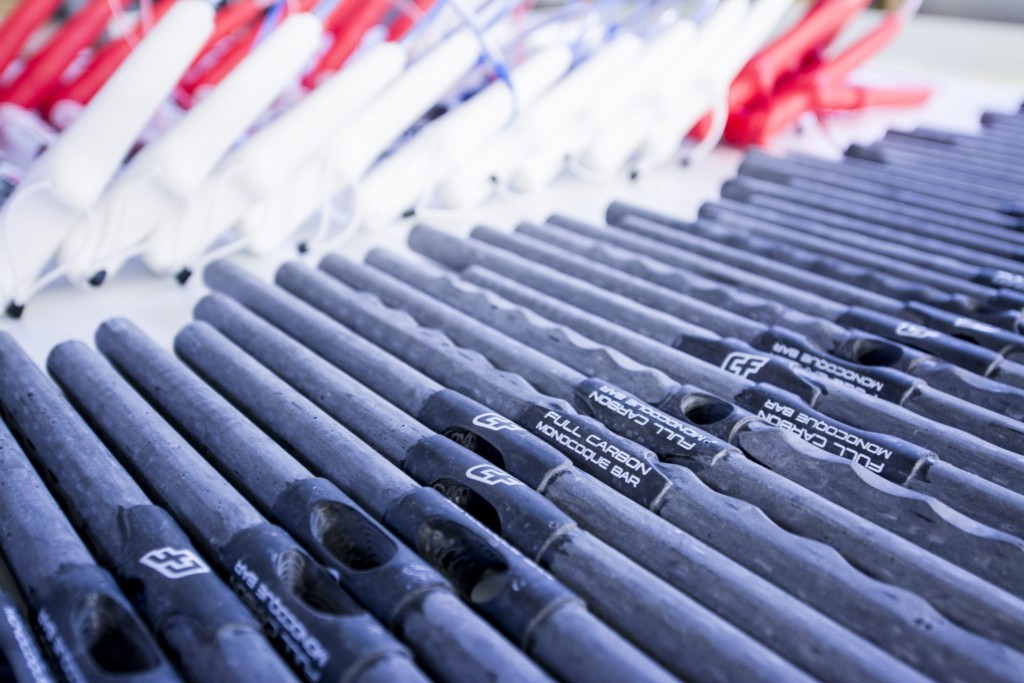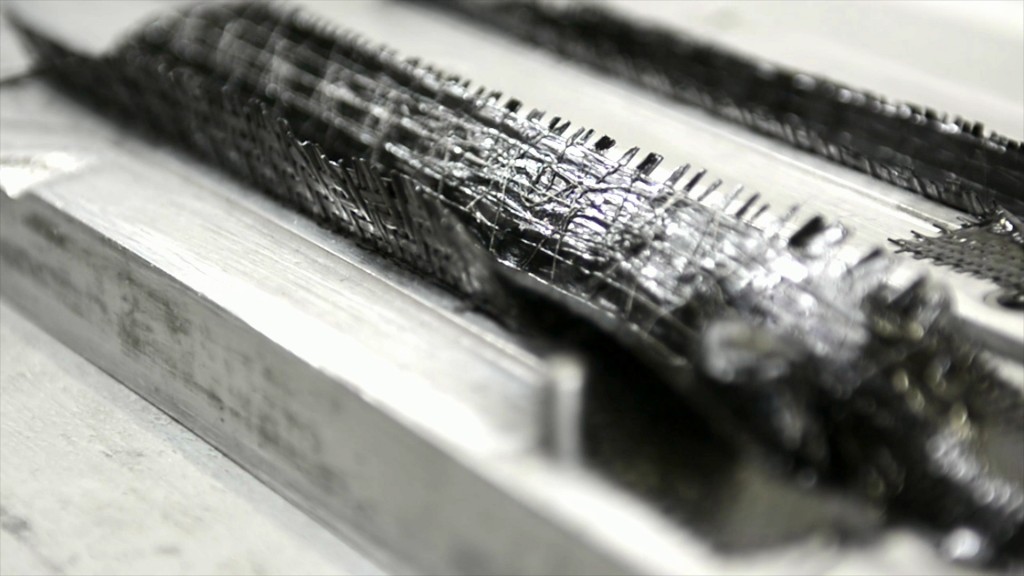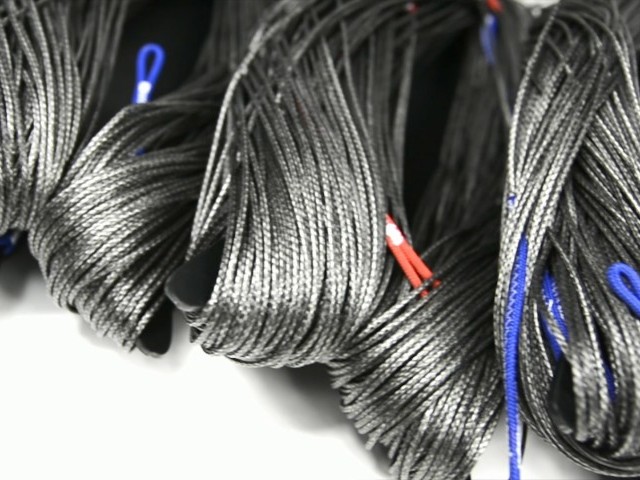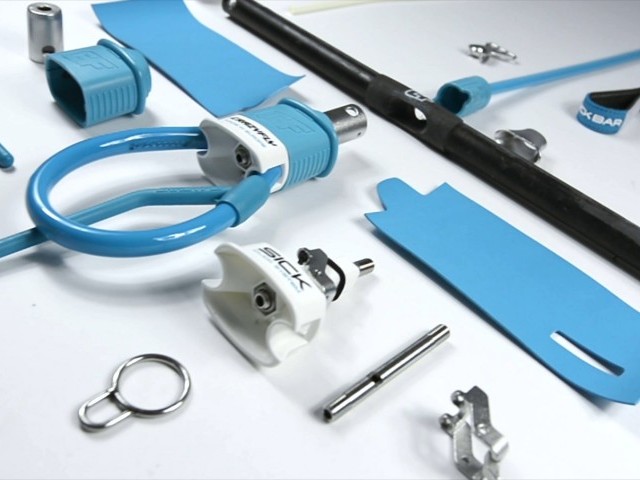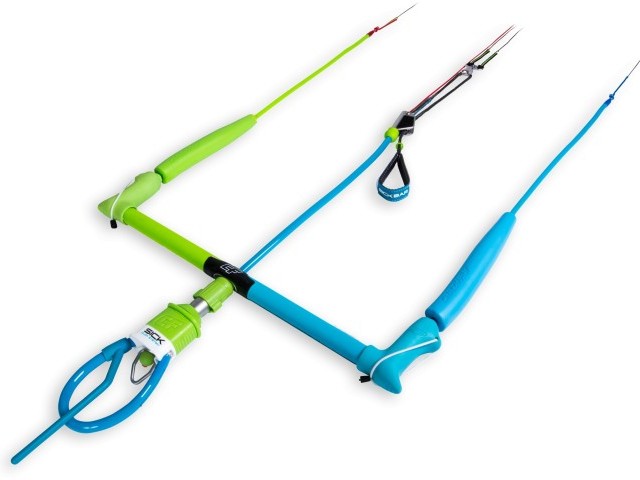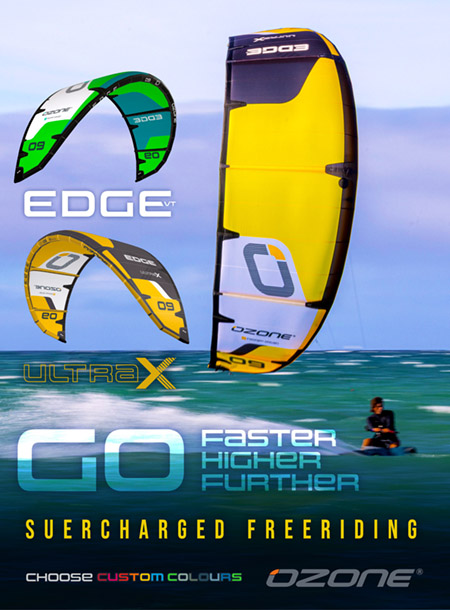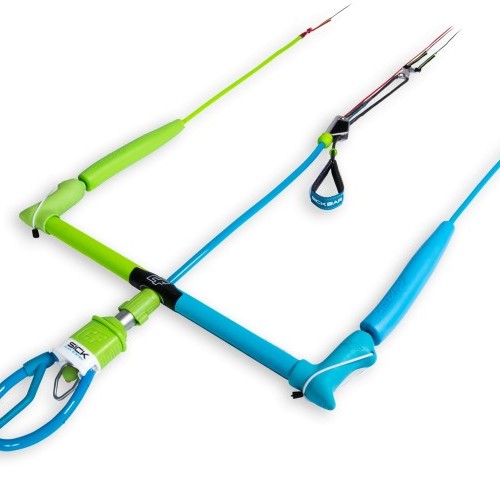
CrazyFly Interview – The Almighty Control Bar – Juraj Bukovcak
Features / Sun 17th Jun, 2018 @ 11:14 pm
Industry Insight: Control Bars in Issue 69 of IKSURFMAG looks at the almighty control bar. Possibly the most overlooked and underrated bit of equipment in your quiver, the control bar is the connection between rider and kite. To find out more about this crucial piece of equipment, we reached out to the most knowledgeable designers on the planet, including Juraj Bukovcak from CrazyFly. Here’s the full interview!
What do you consider the most important feature on your bar?
We believe the most important feature on our bar is a single front line safety with 6m safety line which ensures 100% depower of the kite when the safety is triggered. The bar only runs 6m from the rider, so it is quick to put the whole thing back together.
Above the bar or below the bar? 4-lines, 5-lines, or 6-lines? Why?
For us, definitely above the bar because it is easier to pull down. Four lines are a nice and simple set-up. We do not have a proper C-shape kite in our range and on all our current kites, adding 5th or 6th line did not increase the performance of the kites. Four lines are easier and quicker to set up on the beach as well.
How do you find a balance between features & simplicity?
This is a tough one. Customers expect to have all features packed in the bar, but at the same time, they expect a user-friendly simple-to-use bar that lasts. As we only offer one bar, it is the most controversial and the most discussed product between us as a brand and our customers. We definitely get suggestions and comments on the bar. One thing is for sure, you can not please them all, so we designed our bar for our biggest group of customers and went with a simple and clean bar aimed mostly at freeriders.
Does it matter where the split in the front lines occurs?
From what we know, it definitely matters. If you take a kite and a bar setup and move the front line split up by couple meters, the front lines will pull the kite in a sharper angle causing the leading edge to close and vice versa. Closing and opening the leading edge by moving the front line split considerably changes the kite flying characteristics.
What’s the most challenging part of designing a bar?
To be honest, the bar is definitely the most difficult product we make. I will repeat myself, but the most challenging part is safety. On the bar, nothing can break as this puts riders at high risk. All parts of the bar are very carefully designed to be extremely strong and durable and at the same time, they have to work in harsh conditions from -30 degrees when snowkiting to +80 degrees when the bar is stored in a car during summer. It has to work with sand or frost all over it as well. At the same time, customers expect all features to be packed in the bar and have a user-friendly simple to use and durable bar to fit all riding styles. Plus, it cannot cost too much, because it is just a bar, right? To sum up, the most challenging part of designing a bar is to design all the parts and select all materials in a manner that will be safe for the customer to use no matter what the conditions are.
Follow this link to find out more about CrazyFly’s control bars: crazyflykites.com.
Sun 17th Jun, 2018 @ 11:14 pm
By Lindsay McClure
Lindsay is a pro rider from Hood River in the USA, she works for IKSURFMAG as our Features Editor and is an integral part of the team. Lindsay is really into wakestyle riding and can be found in the Hood River Slider Park during the summer months, she also travels all over the world with the World Class Academy helping younger riders develop through kiteboarding!


